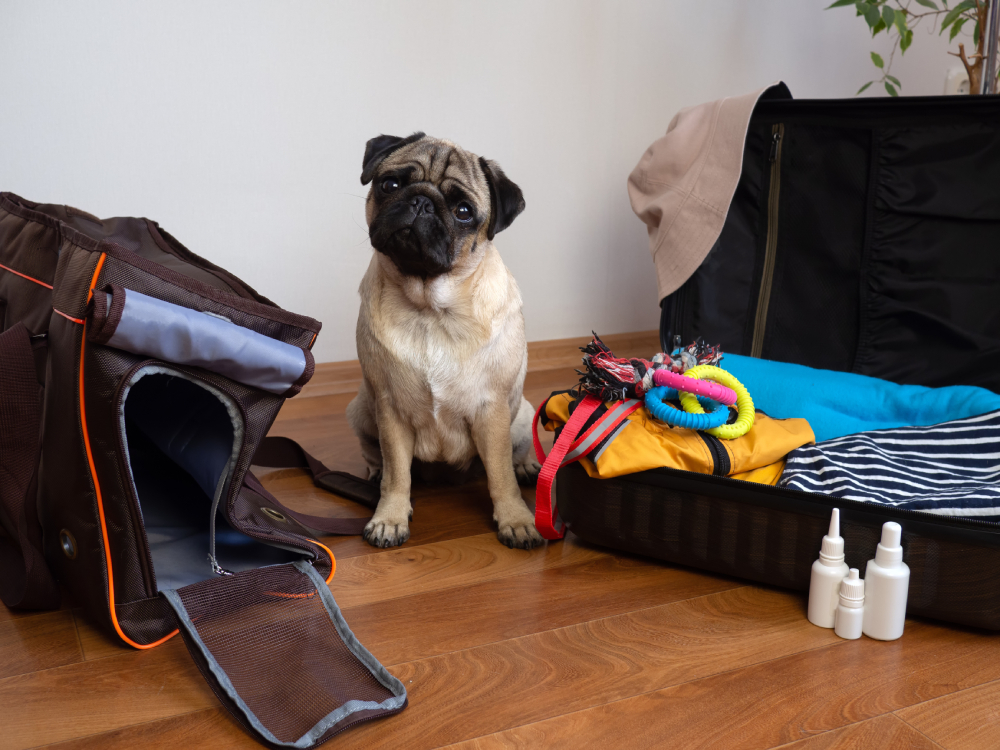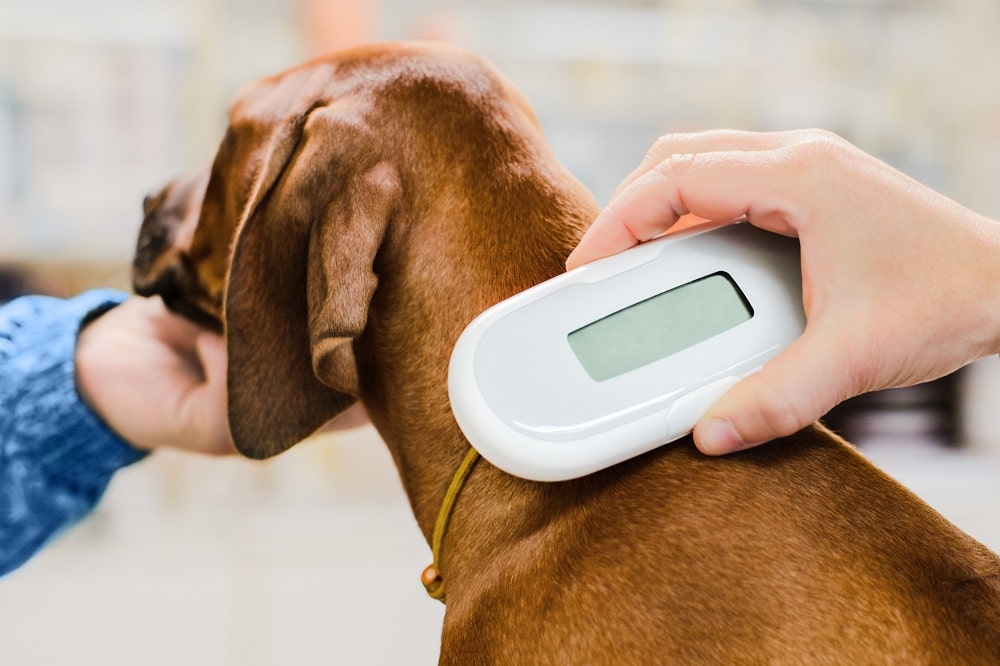
There’s no denying that importing animals into the US is a complicated process. Whether you’re trying to bring your pet dog into the country after moving back home or are importing it for commercial sale, you can expect to encounter a thorough customs process that involves health checks and a lot of paperwork.
If you want to bring a dog into the US, it’s essential to schedule plenty of time to ensure your dog has all the requirements met before traveling. Here are the basics of what you can expect to do if you plan to import your dog into the country.

The 6 Tips for Importing Your Dog to USA
1. Get Updated Information
Travel requirements are always subject to change, so it’s important to start by visiting the Animal Plant Health Inspection Service (APHIS) website. APHIS is a part of the US Department of Agriculture, and one of its responsibilities is monitoring and regulating international pet travel.
APHIS lists its updated rules and regulations for importing dogs from another country on its website. It’s important to note that rules will differ depending on which state you’re entering, and some circumstances require obtaining an import permit. If you have any specific questions, you can contact a customer service representative via phone, email, or live chat.

2. Contact Your Airline Company
Airline companies have the same basic travel requirements for dogs. However, they can differ in the details, such as breed restrictions, weight limits, and crate sizes. Traveling with dogs requires an advanced booking, and your dog won’t be able to board the plane if you don’t meet all travel requirements. Therefore, it’s best to contact an airline company before you book your flight so that you have all the information you need to ensure your dog can enter the US.
3. Find a Licensed Veterinarian for Travel
The US has health requirements that vary depending on the country your dog is exported from. Working with a licensed veterinarian in the export country can help streamline the process of ensuring you can import your dog into the US. When searching for a veterinarian, look for someone who has experience with completing health checks for international pet travel. They’ll have a better idea on what types of vaccines, forms, and fees are required for your dog’s travel.

4. Get Your Dog Microchipped
While much of your dog’s travel requirements revolve around health records, it’s important not to forget about microchipping. It’s highly recommended to have your dog microchipped before they enter the US. Not only does microchipping help with relocating dogs lost in transit, but it’s often required if your dog is coming from a high-risk country.
When selecting a microchip, make sure to let the vet administering the microchip know that you need one that is ISO-compatible (International Standards Organization) and can be read with a universal scanner. Dogs who arrive to the US from a high-risk country can be denied entry if the microchip can’t be read.
5. Schedule Flights to Approved Airports for High-Risk Countries
APHIS has a list of high-risk countries that gets updated as needed. Dogs exported from high-risk countries face more restricted entries and can’t enter through every US airport. They are only eligible for entry if they arrive at airports with a CDC-registered animal care facility. You must also secure a reservation with the facility before your dog’s flight.
Keep in mind that the facility your dog enters must match the name of the facility on their travel documents. Your dog can be denied entry if you change the facility without updating those changes on their papers.

6. Work With a Pet Relocation Service
Importing a dog is a meticulous process, and it can be overwhelming if it’s your first time attempting it. Therefore, it may be worth looking into working with a pet charter company. Pet charter companies are a limited service and may not be available in every country, but most major cities around the world have a few operating in them. While these companies tend to have higher rates than standard airlines, they can make air travel easier for you by assisting you with navigating US customs.

Frequently Asked Questions
Will My Dog Be Quarantined When They Reach the US?
Some dogs may be quarantined when they arrive in the US. For example, dogs from high-risk countries who have been exposed to a zoonotic disease will be quarantined at a CDC-registered animal care facility.
The length of days your dog is quarantined will depend on the disease. Dogs may be quarantined for several days to several weeks. In cases where your dog doesn’t have a valid rabies serology titer report, they can be subject to a 28-day quarantine.
Are There Any Dog Breeds Banned from Importing Into the US?
While the US doesn’t have federal breed restriction laws, states have varying rules and regulations. On top of that, some states leave breed restriction legislation to local counties and municipalities. Therefore, it’s important to familiarize yourself with local laws and if they have any breed restrictions.
What Is a Pet Passport?
A pet passport is different from a human passport. Rather than being a booklet, a pet passport is a collection of documents required for international travel. The term is often used interchangeably with pet health certifications and US customs documents.


Conclusion
Your dog’s process for entry into the US will depend on a variety of factors, including their vaccine records, breed, and the country they’re leaving. It’s important to communicate and work with APHIS, a licensed veterinarian, and your airline company to ensure your dog has all the travel documents they need to gain entry. You may also need to reach out to a CDC-registered animal care facility if your dog is entering from a high-risk country.
Featured Image Credit: Yekatseryna Netuk, Shutterstock



